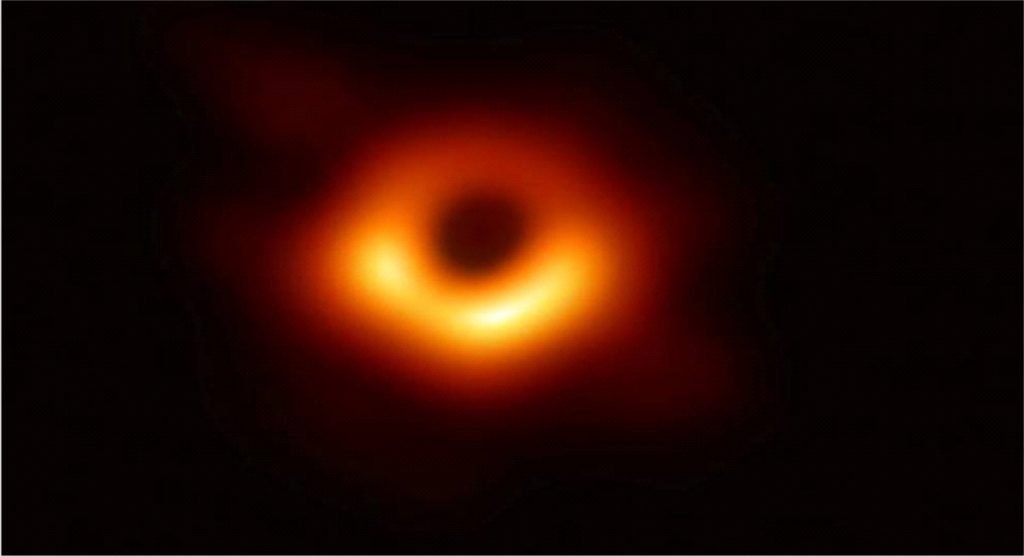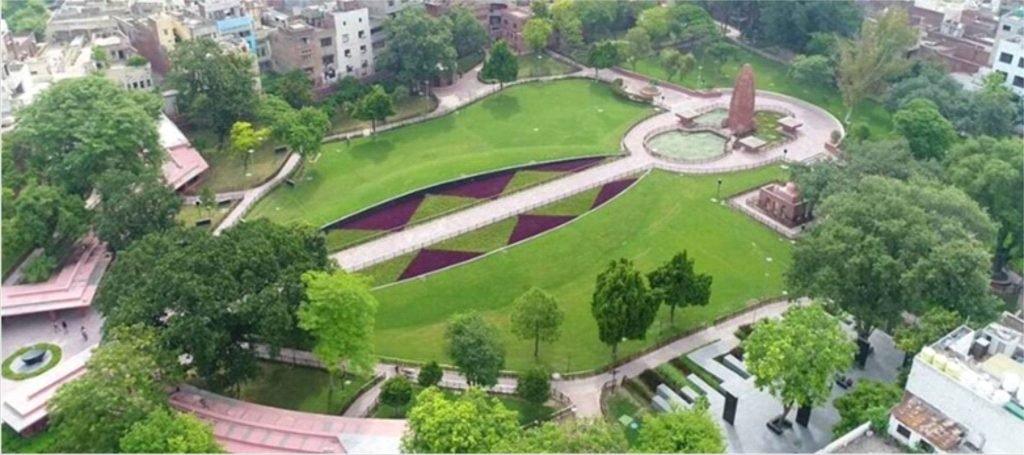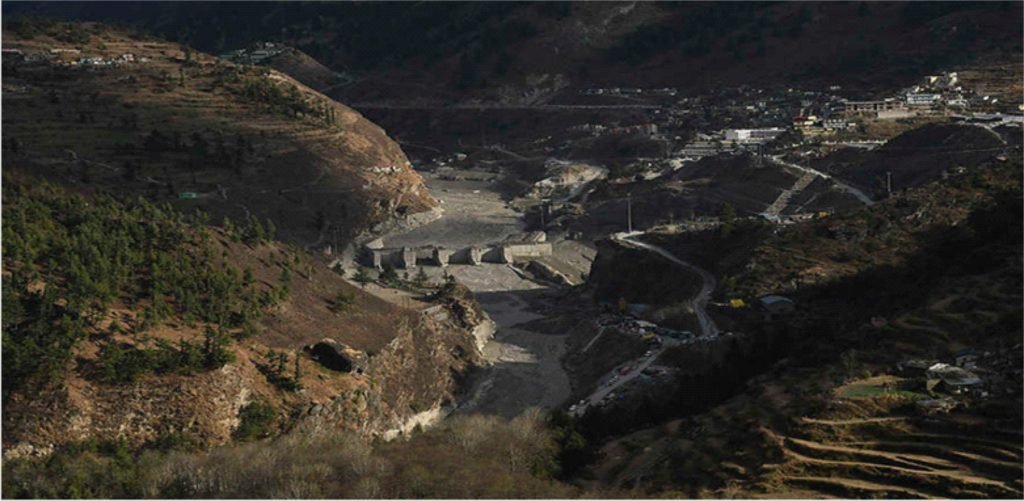Declining vulture population
The Indian Express and The Hindu
GS 3: Conservation
Context:
- With India losing more than 95% of its vulture population between 1990s and mid-2000s, the country requires urgent conservation efforts to save vultures from becoming extinct
Population of vultures in India:
- There are nine recorded species of vultures in India: 4 critically endangered and 1 endangered
Significance of vulture population:
- Vultures clear the carcasses of dead animals (nature’s cleanup crew) playing crucial role in maintaining health of the ecosystem.
- Vultures have a highly acidic stomach that helps them kill disease-causing bacteria.
- Reduces the health hazards associated with feral dogs that consume carcasses.

Conservation efforts:
National Efforts
- India banned diclofenac for veterinary use in 2006.
- Action Plan for Vulture Conservation 2020-25 was released by MoEFCC.
- Vulture Conservation Breeding Programme (VCBP) was established by Central Zoo Authority and Bombay Natural History Society (BNHS) for captive breeding.
- Vulture Safe Zones are declared when no toxic drugs are found in undercover pharmacy and cattle carcass surveys for two consecutive years.
- The Ministry also plans on carrying out safety testing of available Non-steroidal anti-inflammatory drugs (NSAIDs) on vulture.
- Vulture restaurant has been established at Phansad wildlife sanctuary near Murud in Maharashtra.
International Efforts
- Saving Asia’s Vultures from Extinction (SAVE) – A consortium of like-minded, regional, and international organizations for conservation of south Asia’s vultures.
Rare merger of three jumbo black holes
The Hindu
GS 3: Science and Technology
Context:
- A rare merging of three supermassive black holes has been spotted by a team of astrophysicists from the Indian Institute of Astrophysics (IIA), from the Paris Observatory.

About:
- This is only the third time such an event has been observed.
- Many Active Galactic Nuclei (AGN), or supermassive black holes at the centre of a galaxy, have been detected in the past, but triple AGN are extremely rare, and only a handful have been detected before using X-ray observations.
- The team were observing the merging of two galaxies — NGC7733 and NGC7734.
- All three merging black holes were part of galaxies in the Toucan constellation.
- They are quite far away given that the earth’s nearest galactic neighbour — the Andromeda galaxy — is 2.5 million light years away.
- The group observed these galaxies with a near infrared telescope in South Africa.
- Team explains, if two galaxies collide, their black holes will also come closer by transferring the kinetic energy to the surrounding gas.
- The distance between the black holes decreases with time until the separation is around one parsec (3.26 light-years).
- The two black holes, however, are then unable to lose any further kinetic energy to get even closer and merge. This is known as the final parsec problem.
- But the presence of a third black hole can solve this problem.
- The two can come closer when another black hole or a star passes by and takes away some of their combined angular momentum.
- Thus, the dual merging black holes merge with each other in the presence of a third.
- The study used data from:
- The Ultraviolet Imaging Telescope (UVIT) on board the first Indian space observatory ASTROSAT
- The European integral field optical telescope called MUSE mounted on the Very Large Telescope (VLT) in Chile and
- Infrared images from the optical telescope (IRSF) in South Africa.
Renovated Jallianwala Bagh
Indian Express
GS 1: Modern Indian History
Context:
- Prime Minister virtually inaugurated the renovated Jallianwala Bagh complex in Amritsar recently.
Background:
- The monument was first opened by then President Dr Rajendra Prasad on April 13, 1961, as a grateful nation’s tribute to the victims of the massacre on April 13, 1919, when a large crowd had gathered at the Bagh to protest the arrest of nationalist leaders Saifuddin Kitchlu and Satya Pal.
- In response to the massive gathering, the British officer Col. Reginald Edward Harry Dyer ordered his troops to fire into the crowd, killing several hundred people.
What has changed?
- In 2019, approximately Rs 20 crore was earmarked by the Centre for the commemoration of 100 years of the Jallianwala Bagh massacre.
- Restoration and conservation work, and the building of facilities such as toilets, ticketing counters, and drinking water, have been undertaken by the Ministry of Culture.
- The memorial has been shut for the public since February 2019 for the makeover, implemented by the government-owned NBCC Ltd.
- The famous ‘Shahidi Khu’ or Martyrs Well, into which people jumped to escape the hail of bullets, is now enclosed in a glass shield.
New at Jallianwala Bagh
- A 28-minute Sound and Light show re-enacted the events of April 13, 1919, to be shown free of cost every evening.
- A Salvation Ground has been built for visitors to sit in silence to honour the martyrs.
- Several new sculptures of martyrs have come up on the high walls of the narrow lane through which visitors enter the complex.
- Four new galleries have been created through adaptive re-use of underutilised buildings in the complex to showcase the historical value of events that took place in Punjab during that period.
- The galleries depict the history of Punjab, history of the freedom movement, and the Gadar movement.
- It also has a sculpture of Guru Nanak Dev, Sikh warrior Banda Singh Bahadur, and a statue of Maharaja Ranjit Singh.
Jallianwala Bagh Centenary Memorial Park
- It is a second memorial as “a tribute to the unknown martyrs” of the massacre, saying that the memorial at the original site was built to remember the martyrs who were identified.
- The second memorial has been built over 1.5 acres of land at the Amrit Anand Park in Ranjit Avenue, almost 3 km away from the site.

G20 Ministerial Conference On Women’s Empowerment
PIB
GS 2: Agreements Involving India &/or Affecting India’s Interests
Context:
- Recently, the Union WCD Minister of India addressed the first ever G20 Ministerial Conference on Women’s Empowerment.
About G20 Ministerial Conference On Women’s Empowerment:
- Emphasis: It acknowledged the common objectives and shared responsibilities to advance the goals of equality and development of women and girls in all spheres.
- Held At: Santa Margherita Ligure, Italy in a hybrid format.
- Participants:
- Gender Equality Ministers from the G20 countries
- Representatives of international organisations (UN Women, ILO, OECD)
- Representatives of the business community
- academia and civil society.
- Focus Areas: To achieve women’s empowerment at global level across sectors, with a particular focus on two outstanding thematic strains:
- STEM, digital and financial literacy and environment and sustainability.
- Labour and economic empowerment and work-life balance.
- Call for the protection of women in Afghanistan: Afghan women and girls urgently need the support and the action of the G20 to ensure that their rights are guaranteed and to prevent further actions against women.
India’s Statement:
- India reaffirmed its commitment towards addressing gender and women centric issues through mutual cooperation.
- The Minister highlighted the various initiatives undertaken in India towards fostering gender equality, ensuring better healthcare, and strengthening women’s safety & security.
- The Minister also conveyed India’s solidarity with the G20 for promoting gender equality and women’s empowerment amongst partner countries.
| INITIATIVES TAKEN IN INDIA | |
| Women Empowerment Schemes | Important Initiatives on Women’s Safety |
|
|
Hydropower Projects in The Himalayas
The Hindu
GS 3: Environment and Conservation
Context:
- The Environment Ministry, in an affidavit placed in the Supreme Court earlier this month, has disclosed that it has permitted seven hydroelectric power projects, which are reportedly in advanced stages of construction, to go ahead.
About:
- One of them is the 512 MW Tapovan Vishnugadh project, in Joshimath, Uttarakhand that was damaged by a flood in February.
- Though hearings in the Supreme Court are ongoing, this is the first time that the government has a formal uniform position on hydropower projects in the Uttarakhand region.
Background:
- In the aftermath of the Kedarnath floods of 2013 that killed at least 5,000 people, the Supreme Court had halted the development of hydroelectric projects in Uttarakhand pending a review by the Environment Ministry on the role such projects had played in amplifying the disaster.
- A 17-member expert committee, led by environmentalist Ravi Chopra, was set up by the Ministry to examine the role of 24 such proposed hydroelectric projects in the Alaknanda and Bhagirathi basin, which has the Ganga and several tributaries.
- The Chopra committee concluded that 23 projects would have an “irreversible impact” on the ecology of the region.
- Following this, six private project developers, whose projects were among those recommended to be axed, impleaded themselves in the case on the ground that since their projects had already been cleared for construction before the Kedarnath tragedy, they should be allowed to continue.
- The SC directed a new committee to be set up to examine their case. This committee, led by Vinod Tare of the Indian Institute of Technology, Kanpur, concluded that these projects could have a significant environmental impact.
- The Environment Ministry in 2015 set up yet another committee, led by B.P. Das, who was part of the original committee, but had filed a “dissenting report”. The Das committee recommended all six projects with design modifications to some.


